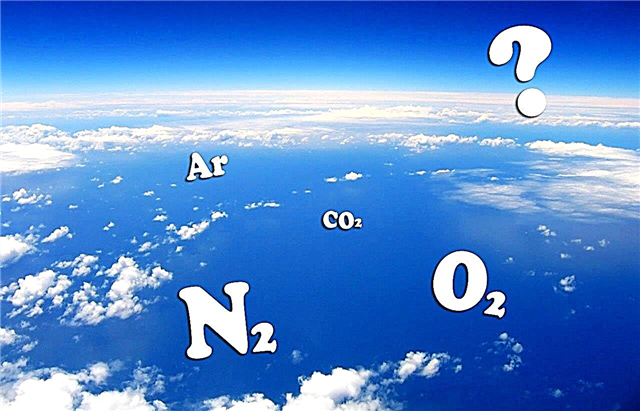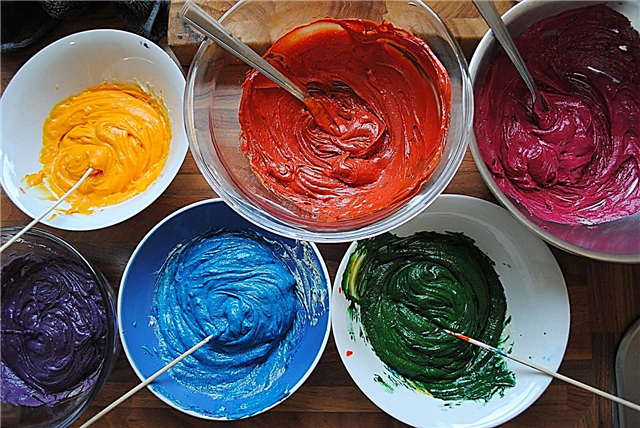
Glue is a mixture of several substances or a multicomponent composition consisting of materials of organic and inorganic origin. To understand why glue performs its direct function, it is necessary to consider the basic theory of bonding.
How does bonding take place?
Glue is an adhesive - that is, a substance that provides the process of adhesion of heterogeneous bodies (solid or liquid). During bonding, a strong adhesive bond is formed between the two materials and the adhesive layer. This process occurs due to intermolecular interaction at the surface level.

In the usual manner, it is impossible to glue two solid objects, even if they are pressed strongly against each other, an intermolecular attraction is not formed between them. But the liquid consistency of the glue gives him the opportunity to penetrate deeply into all pores, fill them and provide a connection between the objects.
After a certain time, the adhesive liquid hardens. Depending on the type of glue, this process is caused by various reasons and factors. For example, ordinary stationery glue contains water, which evaporates and the composition becomes solid.
High-speed glue contains a special organic solvent, which evaporates upon contact with air. Epoxy glue, according to the instructions, must be mixed with a hardener to achieve a chemical reaction and use it for its intended purpose.
Interesting fact: Despite the chemical composition of modern glue, its first analogues were used in antiquity. Primitive people of the New Stone Age (Neolithic) widely used the adhesive mass obtained as a result of processing various raw materials (mainly decoction of bones, tendons of animals). Tribes living in marine waters used a fish scale decoction for these purposes.
Glues are manufactured in a wide range, since it is important to choose the best option for processing various materials. The following point is of great importance: homogeneous or heterogeneous materials are subject to gluing, as well as further operating conditions.
For example, paper and cardboard or fabrics can be firmly bonded to each other using ordinary polyvinyl acetate (PVA), and hot melt glue is used in the manufacture and repair of shoes, which becomes viscous and soft when heated and freezes when cooled.
Adhesion and bonding theory
Different materials have different adhesion - adhesion. This property is reflected in how the surfaces will behave when touching each other. These processes directly relate to physics and its laws, but are universally used in everyday life and everyday life.
For example, most housewives prefer Teflon-coated dishes. This is due to the fact that Teflon has low adhesion to other materials. Accordingly, it exhibits excellent non-stick properties.Even if the food burns, it does not stick to the surface - Teflon does not adhere well to other substances.
Another example is two flat plates, completely washed, two glasses that are ideally suited to each other in shape, two glasses. If you try to connect these objects, a strong bond is formed between them and it will be difficult to separate them. The same glasses will only have to be shifted in different directions.

The bonding mechanism is explained by several theories:
- mechanical;
- chemical;
- absorption;
- diffusion.
Interesting fact: when it comes to adhesion, we must not forget about substances such as gypsum, as well as concrete. Soft gypsum powder, when combined with water, turns into a strong material with which metals, sand, bricks, etc. can be combined. Concrete is widely used in construction, despite the simplest composition - cement, crushed stone, water and sand.
The mechanical theory is the penetration of glue into the pores of materials and the emergence of adhesion due to this. The chemical theory is due to the chemical interaction of the adhesive and materials. Absorption is based on the fact that bonding occurs due to chemical and intermolecular processes. Diffusion theory is based on the mutual penetration of particles of substances into the structure of each other. In practice, during bonding, a combination of several of the above theories often occurs.
Bonding of materials with glue is carried out due to its ability to adhesion - the adhesion of other substances, including heterogeneous ones.The liquid consistency of the glue penetrates even the smallest pores present on the surface of the material. Then glue hardens, due to which a strong bond is established between the two surfaces. There are several theories of bonding (for example, physical, mechanical and others), but most often this process is carried out with a combination of a number of factors.












